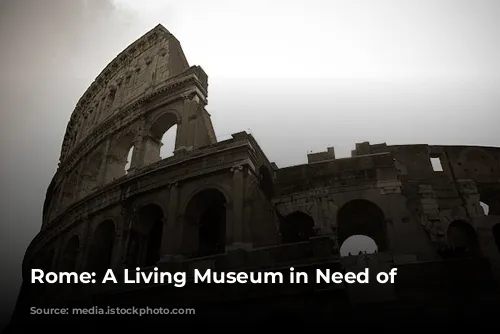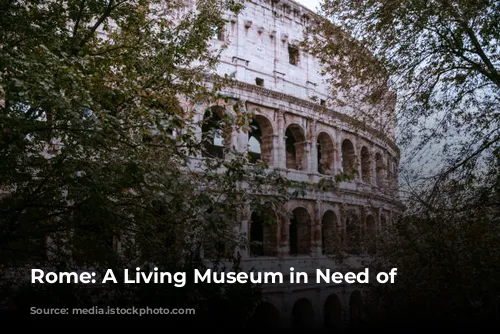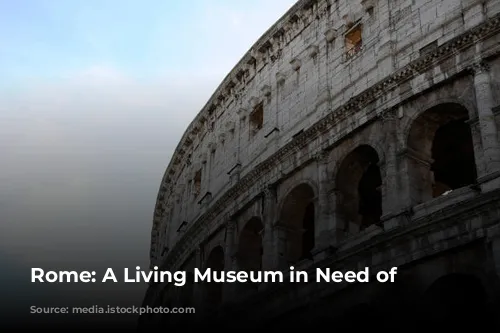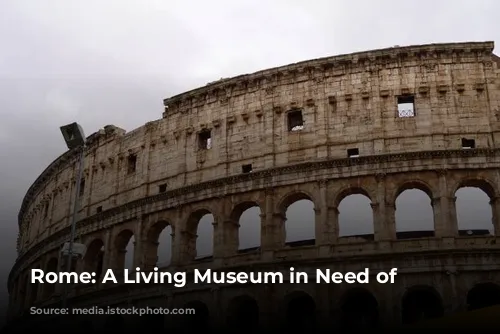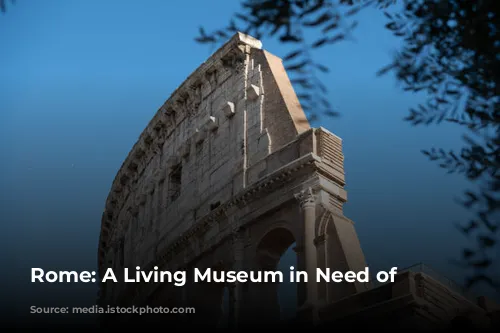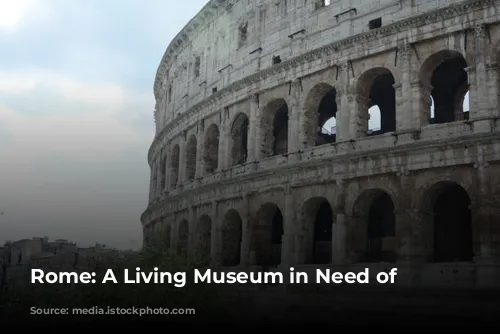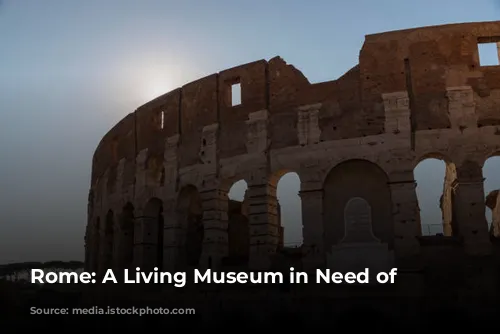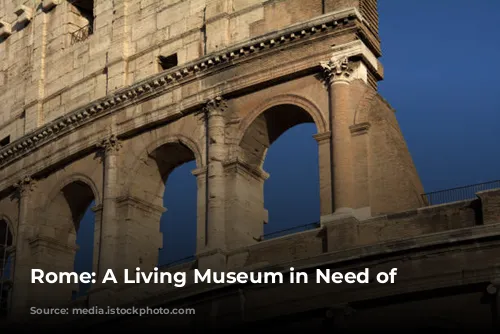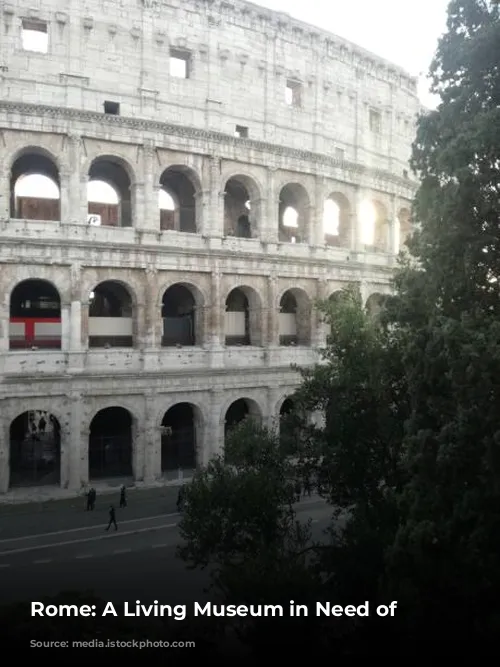Rome, a vibrant city teeming with life, is also a living museum, boasting a treasure trove of history and culture spanning over two millennia. From the awe-inspiring ruins of the Roman Empire to the grandeur of Renaissance palaces and the intricate beauty of Baroque churches, Rome’s historical landscape is a captivating tapestry woven through the ages.
However, preserving this irreplaceable heritage is an ongoing challenge. As time marches forward, Rome’s ancient treasures face numerous threats, demanding a concerted effort to safeguard them for future generations.
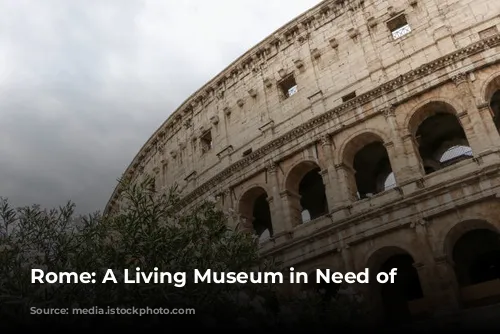
A Global Legacy: From Ancient Wonders to Modern Tourism
Rome’s cultural heritage transcends local and national significance, holding a pivotal place in global history. The city is home to iconic landmarks like the Colosseum, the Roman Forum, the Pantheon, and the Vatican Museums, each a testament to a distinct era in Rome’s illustrious past. These sites attract millions of visitors annually, contributing significantly to the local economy and solidifying Rome’s position as a world cultural capital.
But the value of these sites extends far beyond economic contributions. They are irreplaceable sources of knowledge and inspiration, offering glimpses into the architectural, artistic, and social advancements of past civilizations. Protecting these venues ensures that the stories and achievements of these bygone eras remain accessible and appreciated by generations to come.
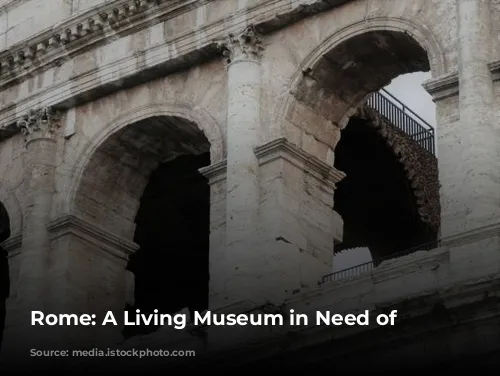
Challenges to Preservation: Environmental Threats and Urban Development
The preservation of Rome’s cultural sites faces a multitude of challenges. Environmental factors, such as pollution and climate change, pose significant threats. Air pollution, a persistent problem in many urban areas, accelerates the deterioration of stone structures, while climate change intensifies extreme weather events, leading to structural damage and compromising the integrity of these ancient monuments.
Urbanization and modern development also present risks. As Rome strives to meet the demands of a growing population and evolving needs, infrastructure development often clashes with conservation efforts. Finding a harmonious balance between preserving historical sites and adapting to contemporary requirements is a delicate dance.
Furthermore, the sheer volume of tourists, while a boon to the economy, can also contribute to wear and tear on these fragile structures. Managing tourism requires careful planning and implementation of strategies to minimize the impact on historical sites.
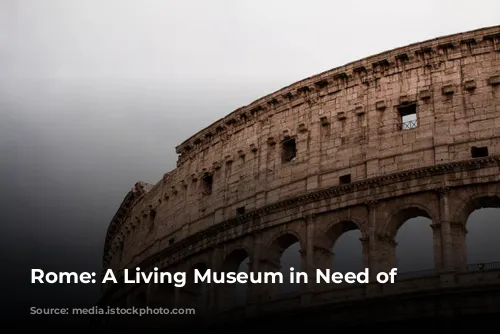
Safeguarding Heritage: Strategies and Initiatives
Rome has adopted various protection strategies and initiatives to combat the threats to its cultural heritage. These efforts often involve collaboration between government bodies, non-profit organizations, and international agencies.
The Italian government has established stringent laws to safeguard cultural heritage sites. The Ministry of Cultural Heritage and Activities and Tourism (MiBACT) oversees the conservation of historical sites, ensuring that any restoration or maintenance work adheres to strict guidelines, guaranteeing the preservation of authenticity and integrity.
Numerous conservation projects are underway to restore and preserve Rome’s heritage. The Colosseum, for instance, has undergone extensive restoration, funded by both public and private partnerships. These projects often employ cutting-edge technologies like 3D scanning and digital modeling to meticulously plan and execute restorations, ensuring accuracy and precision.
Managing tourism is crucial for heritage protection. Initiatives such as timed entry tickets, restricted access to certain areas, and visitor education programs help minimize the impact of tourism on historical sites. The “Enjoy Respect Rome” campaign encourages visitors to appreciate the city’s heritage responsibly by following guidelines designed to protect historical sites.
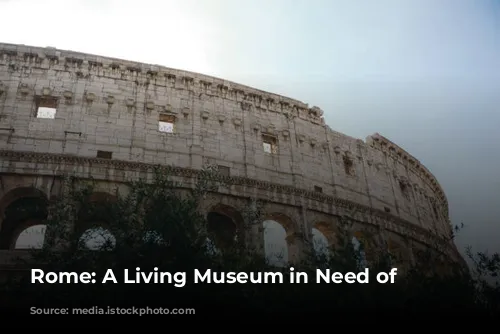
Engaging Communities and International Cooperation
Engaging local communities in heritage protection fosters a sense of ownership and responsibility. Educational programs and public awareness campaigns highlight the importance of preservation, encouraging locals to actively participate in safeguarding their cultural heritage.
Rome also benefits from international cooperation and funding for its preservation efforts. UNESCO, for example, has been instrumental in providing support and resources for protecting World Heritage sites in the city. Collaborations with international experts and institutions also bring in valuable knowledge and techniques for conservation, enhancing the effectiveness of preservation efforts.
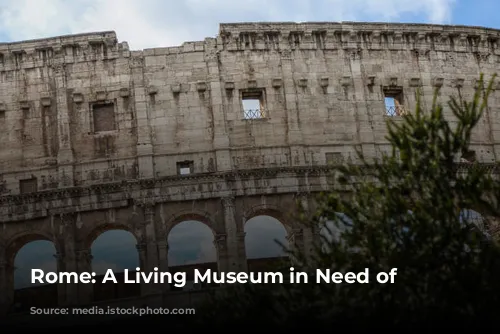
Technological Advancements: A Modern Arsenal for Heritage Protection
Advancements in technology play a crucial role in heritage protection. Techniques such as laser scanning, drones, and Geographic Information Systems (GIS) are used to monitor and document the condition of historical sites accurately. These technologies enable detailed analysis and planning, allowing for more effective preservation strategies.
Digital archives and virtual reality (VR) experiences offer innovative ways to engage the public with Rome’s heritage. Virtual tours and digital reconstructions of ancient sites make history accessible to a global audience, fostering greater appreciation and support for preservation efforts.
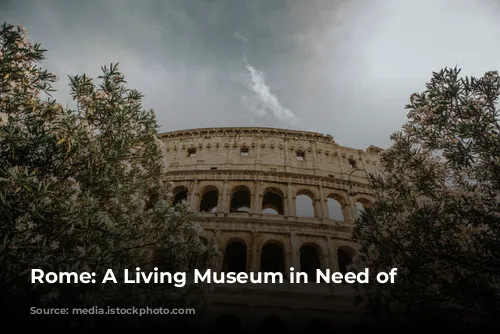
A Legacy for Future Generations
Protecting Rome’s cultural and heritage venues is a complex but essential task. The city’s historical sites are invaluable assets that require ongoing care and innovative approaches to ensure their preservation. Through stringent regulations, conservation projects, sustainable tourism, community engagement, and technological advancements, Rome continues to safeguard its rich cultural legacy. By doing so, it ensures that the Eternal City’s treasures remain a source of wonder and inspiration for future generations.
